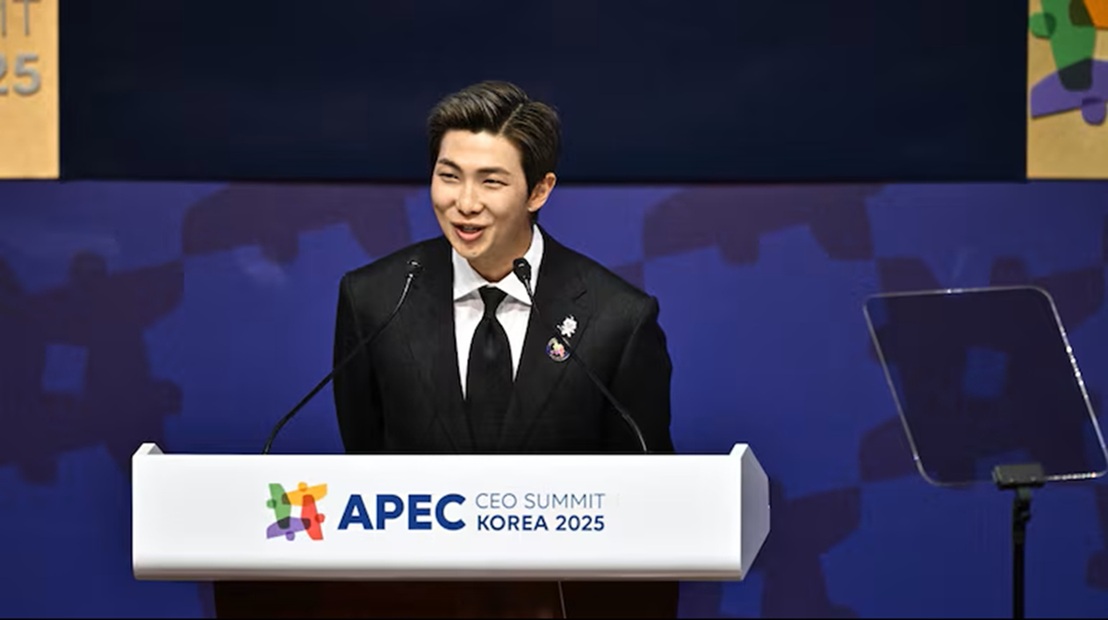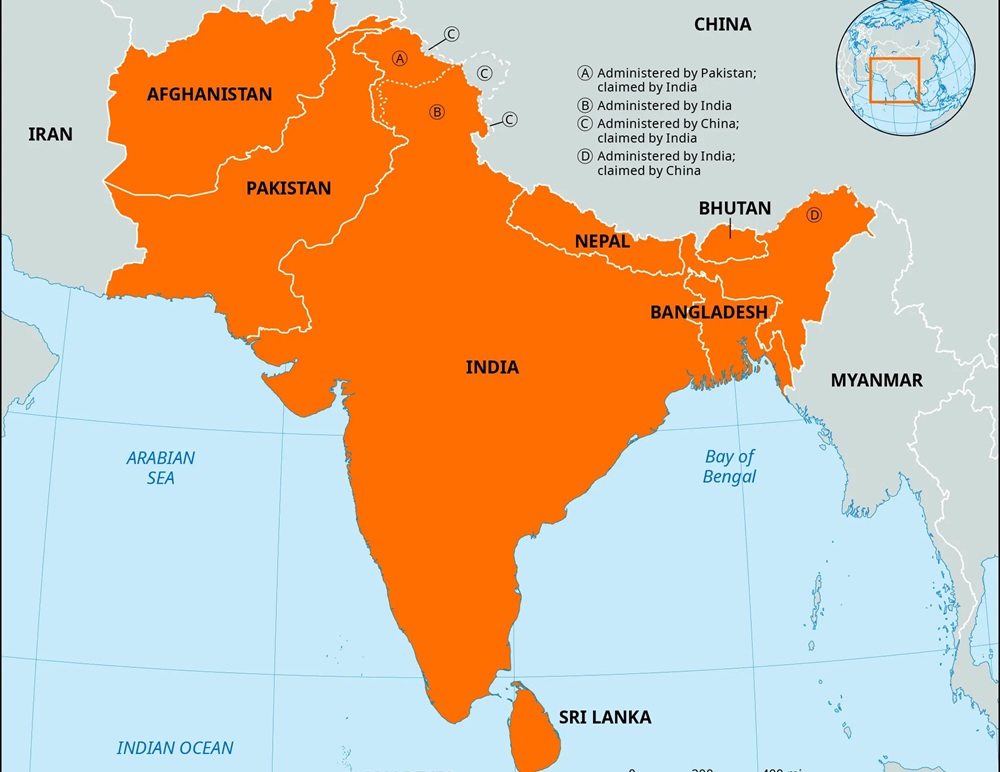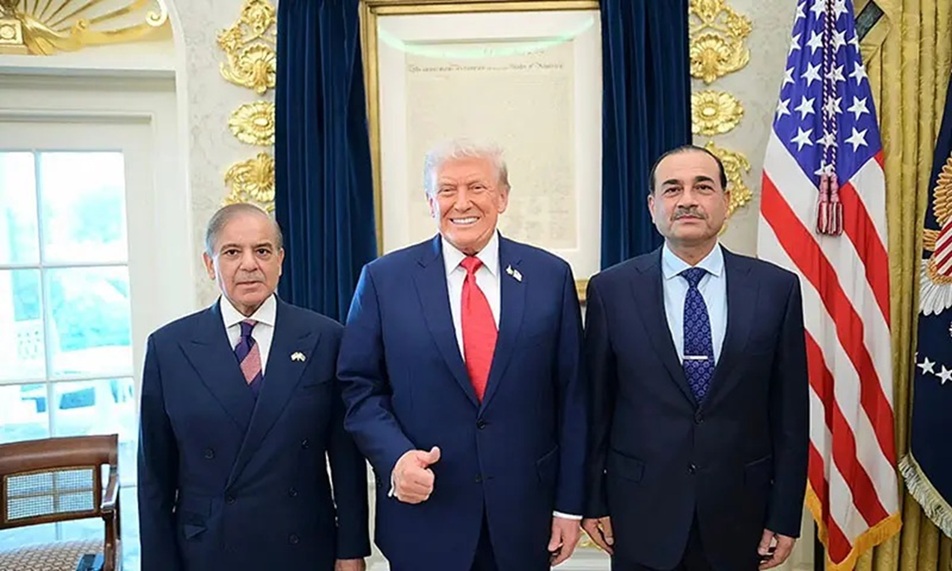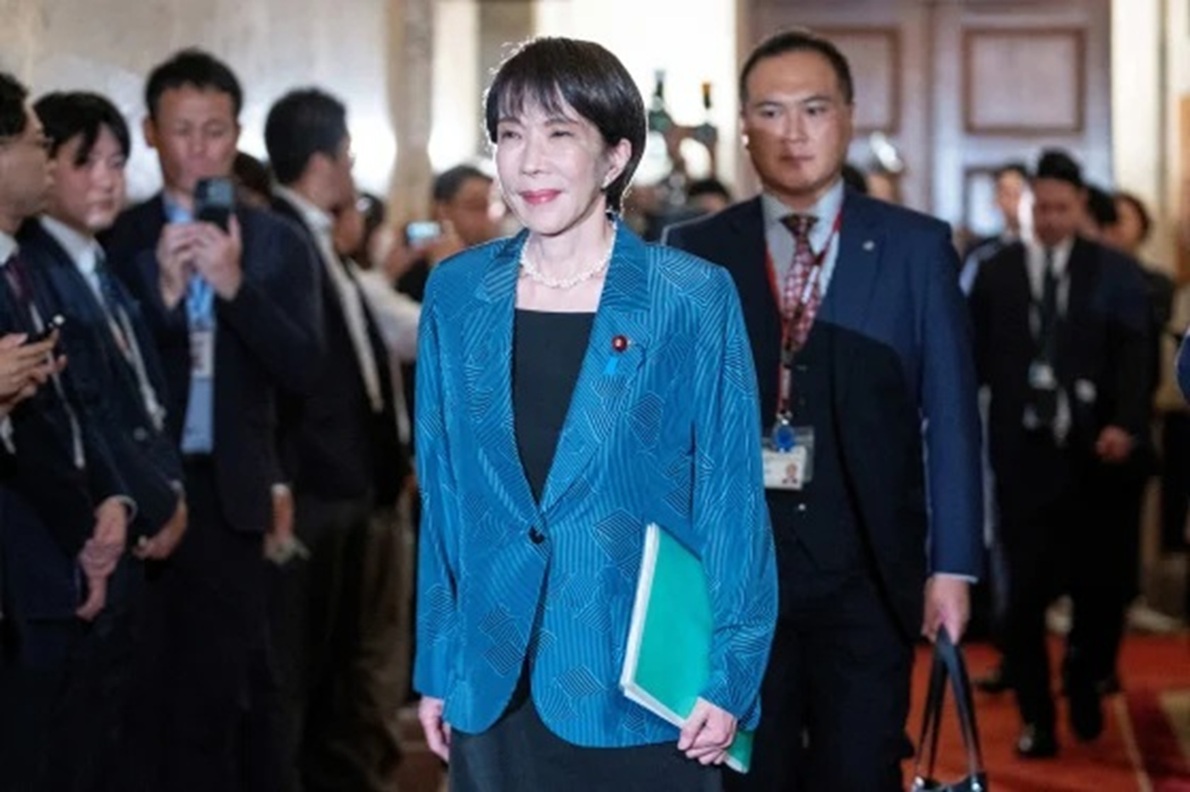RM of BTS made history by being the first K-pop artist to deliver a keynote speech at the APEC CEO Summit in Gyeongju, South Korea, on October 29, 2025. RM spoke well on the topic of “Cultural and Creative Industries in the APEC Region and the Soft Power of Korean culture.”
Introduction
In the twenty-first century, cultural production has become a central arena of international relations. Music, film, and digital media no longer function solely as entertainment but as instruments of soft power, shaping how nations are perceived abroad and how they position themselves within global hierarchies. South Korea’s cultural industries, and particularly the global success of K-pop, exemplify this transformation. At the forefront of this phenomenon stands RM, leader of BTS, whose speeches and lyrics have reached audiences far beyond the traditional boundaries of pop music. His words are not only artistic expressions but also narratives that circulate internationally, carrying with them implicit messages about Korean identity, values, and aspirations.
This article takes RM as a case study to explore how individual storytelling contributes to nation branding. By weaving together autobiographical anecdotes, moral exhortations, and cultural references, RM constructs a narrative that is simultaneously personal and collective. His emphasis on perseverance, responsibility, and cultural rootedness resonates with themes often associated with conservative moral frameworks, while his calls for empathy, self-love, and cross-cultural understanding align with cosmopolitan ideals. This hybrid discourse allows South Korea to project an image that is both anchored in tradition and open to global dialogue.
The central research question guiding this study is therefore: through what narrative mechanisms does RM’s corpus—his speeches, lyrics, and public persona—contribute to the international image of South Korea, and how do elements interpretable as culturally conservative interact with universalist and cosmopolitan themes to shape global perceptions? Addressing this question requires situating RM’s narratives within the broader literature on soft power, cultural diplomacy, and nation branding, while also attending to the specificities of K-pop as a transnational cultural form. In doing so, the article aims to illuminate the ways in which artistic voices can function as unofficial ambassadors, shaping the symbolic capital of nations in the global arena.
Literature Review
1. Soft Power and Cultural Diplomacy
Joseph Nye’s concept of soft power remains central to understanding how culture functions in international relations. Rather than coercion or economic inducement, soft power relies on attraction, persuasion, and the shaping of preferences. Scholars have since expanded this framework to include cultural diplomacy, where states deliberately mobilise cultural assets to foster goodwill and legitimacy abroad. South Korea’s “Hallyu” (Korean Wave) is often cited as a paradigmatic case of soft power in action, with K-pop serving as a flagship export.
2. Nation Branding and Identity Construction
The literature on nation branding emphasises how states strategically manage their image to attract investment, tourism, and political influence. Scholars such as Simon Anholt argue that branding is not merely cosmetic but involves the projection of values and narratives that resonate globally. In this context, artists like RM become “brand ambassadors,” whether intentionally or not, embodying traits—discipline, creativity, cultural pride—that align with South Korea’s desired international image.
3. Narrative and Storytelling in International Relations
Recent work in international relations highlights the role of narratives in shaping political realities. Narratives provide coherence, mobilise emotions, and frame identities. RM’s speeches and lyrics can be read as narrative acts that translate personal experience into collective meaning. By emphasising perseverance, responsibility, and cultural rootedness, his storytelling contributes to a broader narrative of South Korea as a nation that is both modern and deeply anchored in tradition.
4. Popular Culture as a Transnational Actor
Scholars of global media and cultural studies stress that popular culture is not simply a reflection of national identity but an active site of negotiation. K-pop, with its hybrid aesthetics and multilingual reach, exemplifies how cultural products can transcend borders while still carrying national markers. Fan communities, in particular, act as transnational publics that amplify and reinterpret these narratives, making them central actors in cultural diplomacy.
5. Conservative and Cosmopolitan Discourses in Cultural Production
Finally, the literature on ideology in cultural texts suggests that popular music often blends conservative and progressive motifs. Themes of responsibility, discipline, and respect for tradition coexist with calls for empathy, inclusivity, and global solidarity. This hybridity allows cultural products to appeal across ideological divides and enhances their diplomatic utility.
Analysis
RM’s position as both an artist and a public intellectual within the global music industry makes him a unique figure for examining the intersection of culture and international relations. Unlike many pop stars who remain confined to entertainment discourse, he frequently steps into explicitly reflective roles: delivering speeches at international summits, addressing the United Nations, and writing lyrics that oscillate between personal confession and collective exhortation. These interventions transform him into a cultural narrator whose voice is simultaneously individual and representative. His narratives are not official state policy, yet they circulate in ways that shape perceptions of South Korea as a nation that is modern, creative, and morally grounded.
Storytelling is central to RM’s artistry. His lyrics and speeches often recount a journey from insecurity to self‑acceptance, from local beginnings to global recognition. This trajectory mirrors the broader story of South Korea itself: a nation that has moved from post‑war poverty to global prominence in technology, culture, and diplomacy. By aligning his personal growth with the nation’s rise, RM implicitly offers a narrative of South Korea as resilient, disciplined, and forward‑looking. This alignment is reinforced by the way media outlets, fans, and institutions frame his words as emblematic of Korean values. In this way, his storytelling becomes a form of nation branding, projecting an image of South Korea that is both aspirational and relatable.
While RM is often celebrated for progressive messages of inclusivity and self‑love, his narratives also contain elements that can be read as culturally conservative. These include an emphasis on responsibility, discipline, and respect for tradition. In several songs, he stresses the importance of perseverance and self‑regulation, themes that resonate with Confucian‑inflected values of duty and moral order. In speeches, he highlights the formative role of his Korean upbringing, language, and education, presenting them as anchors that ground his global success. These motifs echo conservative ideals of continuity and cultural preservation, even as they are embedded in a cosmopolitan framework. The coexistence of these registers—conservative and progressive—creates a hybrid discourse that appeals across ideological divides and enhances its diplomatic utility.
The effectiveness of RM’s narratives lies precisely in this hybridity. By combining conservative motifs of responsibility and continuity with cosmopolitan appeals to empathy and openness, he crafts a discourse that resonates with diverse audiences. For Western listeners, the emphasis on self‑love and mental health aligns with contemporary progressive discourses. For audiences in Asia, the valorisation of discipline, humility, and respect for heritage echoes long‑standing cultural values. This dual resonance allows his words to function as a bridge, making South Korea legible and attractive to multiple publics. Hybridity is not a weakness but a strategic strength, enabling the narratives to travel widely without losing their anchoring in Korean identity.
RM’s narratives do not circulate in a vacuum. They are amplified, reframed, and reinterpreted by media outlets and fan communities. International media often highlight his eloquence and humility, framing him as a spokesperson for a new, modern Korea. Fan communities, meanwhile, act as transnational publics that translate, disseminate, and contextualise his words. Through social media platforms, fans create subtitled videos, explanatory threads, and cultural glossaries that make his narratives accessible to non‑Korean audiences. In doing so, they perform affective labour that extends the reach of his storytelling and reinforces its association with South Korea’s national image. This dynamic illustrates how non‑state actors—artists and fans—can become powerful agents of cultural diplomacy.
Although RM’s narratives are not scripted by the state, they align with South Korea’s broader nation branding strategies. Government agencies such as the Korea Foundation and the Korean Creative Content Agency actively promote cultural exports as tools of soft power. His emphasis on cultural pride, creativity, and global dialogue dovetails with these institutional goals, even if articulated independently. This alignment creates a symbiotic relationship: the state benefits from the global appeal of BTS, while the group gains legitimacy and visibility from being framed as cultural ambassadors. The result is a mutually reinforcing cycle in which artistic storytelling and official branding strategies converge to project a coherent image of South Korea.
The use of artistic narratives for nation branding raises both opportunities and tensions. On the one hand, RM’s hybrid discourse enhances South Korea’s soft power by projecting an image that is attractive, relatable, and morally grounded. On the other hand, reliance on artists for national image‑making risks instrumentalising creativity and placing undue representational burdens on individuals. There is also the danger of oversimplification: complex social realities within South Korea may be obscured by the polished narratives exported abroad. Moreover, the very hybridity that makes RM’s discourse effective can also generate ambiguity, leaving room for divergent interpretations that may not always align with state objectives. These tensions highlight the need for careful governance of cultural diplomacy that respects artistic autonomy while recognising its diplomatic significance.
The case of RM suggests that cultural diplomacy in the twenty‑first century cannot be understood solely in terms of state‑led initiatives. Instead, it involves a complex interplay of artists, industries, fans, and institutions, all contributing to the circulation of narratives that shape national images. RM’s storytelling demonstrates how personal narratives can scale up into collective symbols, how conservative and cosmopolitan motifs can coexist productively, and how non‑state actors can wield significant influence in international relations. For scholars and policymakers alike, this case underscores the importance of attending to the cultural dimensions of diplomacy and the narrative power of popular music.
Conclusion
The case of RM demonstrates with unusual clarity how cultural narratives can operate as instruments of international influence. His speeches and lyrics, while deeply personal, are never confined to the private sphere; they are received, amplified, and reframed as collective symbols that shape how South Korea is imagined abroad. By weaving together autobiographical fragments, moral exhortations, and cultural references, RM constructs a narrative that is at once intimate and national, individual and diplomatic. This duality is what makes his voice so powerful in the realm of soft power: he is not a government official, yet his words carry the weight of national representation.
What emerges from this analysis is the recognition that RM’s discourse is hybrid in nature. On one hand, it contains motifs that can be read as conservative: the valorisation of discipline, responsibility, and cultural continuity. These elements resonate with long‑standing traditions in Korean society and with broader moral frameworks that emphasise order and perseverance. On the other hand, his narratives are suffused with cosmopolitan appeals to empathy, inclusivity, and self‑love. This combination allows his message to transcend ideological divides, appealing simultaneously to audiences who value continuity and those who seek openness. The hybridity of his discourse is not a contradiction but a strategic strength, enabling his narratives to travel across borders and resonate with diverse publics without losing their anchoring in Korean identity.
The political implications of this hybridity are significant. For South Korea, RM’s storytelling provides a form of nation branding that is both authentic and effective. It projects an image of a country that is modern, creative, and morally grounded, while also being open to dialogue and cultural exchange. This image supports the country’s broader soft power strategy, complementing official initiatives in cultural diplomacy and enhancing its attractiveness on the global stage. Yet the very effectiveness of this strategy also raises tensions. Reliance on artists for national image‑making risks instrumentalising creativity and placing heavy representational burdens on individuals. It can also obscure the complexities and contradictions of domestic society, presenting a polished narrative that may not fully capture the diversity of lived realities within South Korea.
From this analysis, several propositions emerge that extend the argument into actionable insights. First, governments should support creative autonomy while recognising the diplomatic value of cultural figures, ensuring that artists are not reduced to instruments of state policy. Second, investment in broad‑based creative ecosystems is essential, so that cultural diplomacy does not depend solely on a handful of global stars but reflects a wider range of voices. Third, cross‑cultural storytelling platforms should be encouraged, allowing hybrid narratives like RM’s to flourish through collaboration and exchange. Fourth, more empirical research is needed to examine how such narratives are received across different contexts, as their resonance may vary across cultural and political environments. Finally, fan communities should be acknowledged as vital actors in cultural diplomacy, as they already perform the work of translation, amplification, and contextualization that extends the reach of artistic narratives.
Recommendations
We can have some suggestions following this article:
-Support creative autonomy while leveraging cultural diplomacy: provide resources and platforms for artists like RM without instrumentalising them.
– Invest in broad‑based creative ecosystems: strengthen education, local arts programs, and youth initiatives to ensure sustainable and inclusive cultural diplomacy.
– Encourage cross‑cultural storytelling platforms: foster collaborations between Korean and international artists to amplify hybrid narratives and deepen mutual understanding.
– Study reception across diverse contexts: conduct comparative research on how conservative and cosmopolitan motifs are interpreted in different cultural and political environments.
– Integrate fan communities into cultural diplomacy strategies: acknowledge fans as informal ambassadors, engaging with them respectfully to strengthen people‑to‑people diplomacy.
Taken together, these propositions suggest that cultural diplomacy in the twenty‑first century cannot be reduced to state‑led initiatives. It is a multi‑layered process involving artists, industries, fans, and institutions, all contributing to the circulation of narratives that shape national images. RM’s storytelling demonstrates how personal narratives can scale up into collective symbols, how conservative and cosmopolitan motifs can coexist productively, and how non‑state actors can wield significant influence in international relations. For scholars, this case underscores the need to take seriously the narrative dimensions of soft power and the role of popular culture in global politics. For policymakers, it highlights the importance of supporting creative ecosystems that allow such narratives to flourish organically, rather than attempting to script them from above. In the end, RM’s words remind us that culture is not merely an accessory to diplomacy but one of its most potent forms. Music, storytelling, and performance can achieve what treaties and negotiations often cannot: they can touch emotions, build empathy, and create bridges of understanding across borders. By embodying both the rootedness of tradition and the openness of cosmopolitanism, RM offers a compelling, credible, and deeply human vision of South Korea. His example suggests that in an era of global interconnection, the most enduring forms of influence may come not from the halls of power but from the stage, the lyric, and the story told with sincerity.
Title Image Courtesy: Money Control
Disclaimer: The views and opinions expressed by the author do not necessarily reflect the views of the Government of India and the Defence Research and Studies







